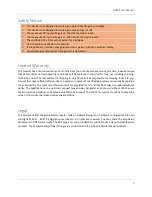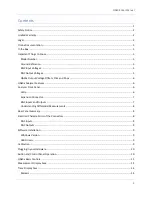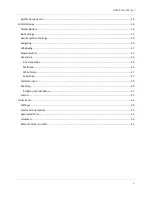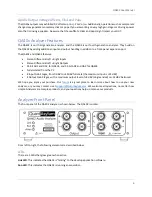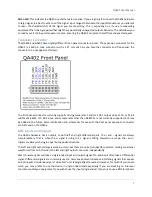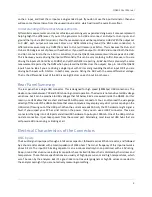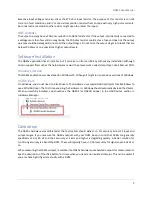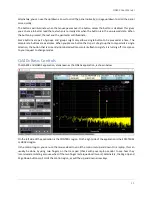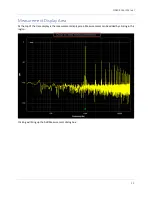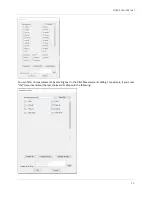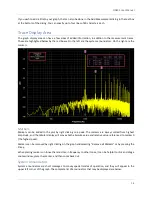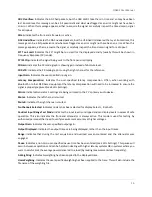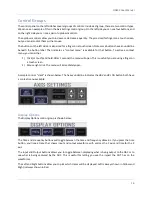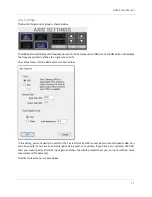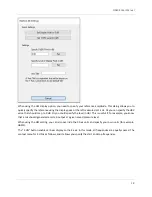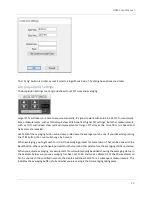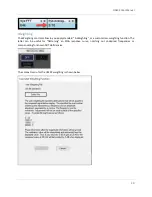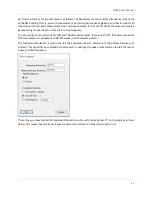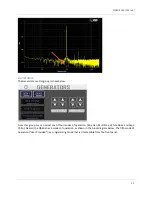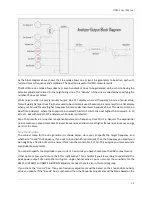
QA402 User Manual
9
Excessive input voltages can also stress the 470 ohm input resistor. The purpose of this resistor is to limit
current in fault conditions, and it’s a special comp
osition resistor that can cope with very high pulse currents.
But under extreme conditions the resistor might open to protect the inputs.
BNC Outputs
The output op-amps have a 100-ohm series R in an 0805 form factor. If the output is accidentally connected to
a voltage more than few volts in magnitude, the 100-ohm resistor could act as a fuse and open or the output
op-amps could be damaged. Do not short the output stages. Do not drive the output stages into loads that are
below 100 ohms or so, especially at higher output levels.
Software Installation
The QA40x application has an installer, but it can also run from a USB key without any installation (although
certain support files such as this help document
won’t be present
when select Help->Open Users Manual PDF).
Windows Version
The QA40x application was developed on Windows 10, although it might run on previous versions of Windows.
USB Drivers
On Windows, you do not need to install drivers. The hardware uses special USB descriptors to tell Windows to
use a WinUSB driver. The first time you plug the hardware in, Windows should automatically load the drivers.
When successfully installed, you should see the QA402 (or QA403) appear in the USB Devices section in
Hardware Manager
Calibration
The QA40x hardware was calibrated at the factory and should d/- 2% accuracy across all input and
output ranges. If you measure the QA40x outputs with your DVM, keep in mind that DVMs are generally
specified at 50 or 60 Hz and their accuracy at 1 kHz and higher is degrading quickly. A better solution for
confirming accuracy is a benchtop DVM. These will typically have +/-0.05% accuracy for signals up to 20 kHz or
so.
When measuring the QA40x outputs, remember the QA40x hardware uses bursted outputs for measurements.
See the description of the IDLE button for times when you need a non-bursted stimulus. This can be useful if
you are checking DUT gains manually with a DVM.


